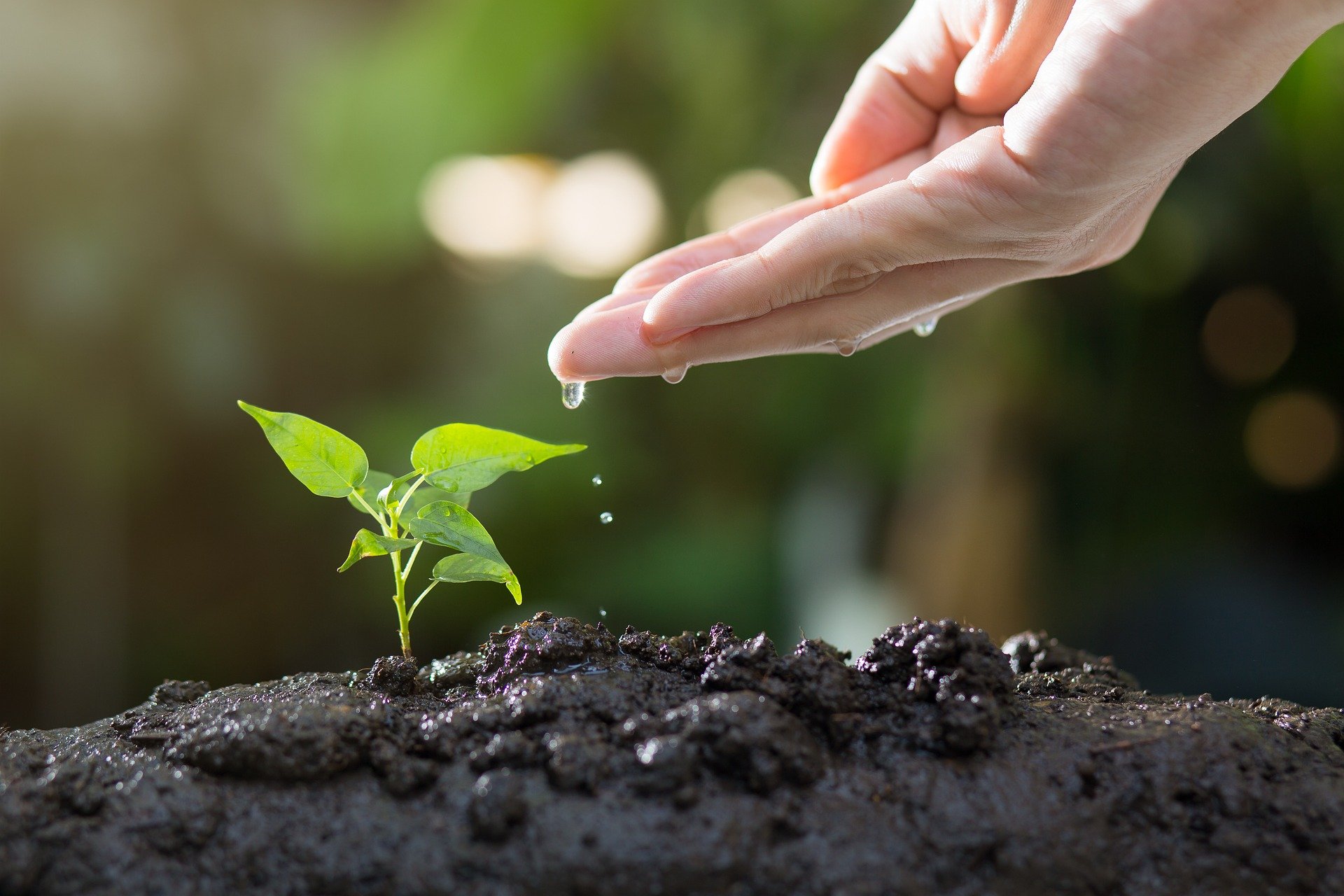Floral Foam Alternatives: Eco-Friendly Flower Arranging for the Modern Home
Nestled in a sun-drenched corner, a vibrant bouquet breathes life into your living space. But what if that stunning arrangement came at an environmental cost? Enter the world of eco-friendly flower arranging, where creativity meets sustainability. This innovative approach is transforming how we bring nature indoors, offering a fresh perspective on a timeless art form.

Moreover, the production of floral foam involves harmful chemicals and contributes to greenhouse gas emissions. As awareness of these environmental concerns grows, both professional florists and home enthusiasts are seeking alternatives that align with eco-conscious values without compromising on aesthetics.
Nature-Inspired Solutions: Organic Alternatives to Floral Foam
Innovative florists and environmentally conscious designers have been experimenting with organic materials to replace floral foam. One popular option is utilizing twigs and branches to create a natural grid within vases. This method, often referred to as the twig method, not only supports flowers but also adds a rustic, organic element to arrangements.
Another ingenious alternative is the use of chicken wire or floral netting. When molded into a ball or dome shape and placed inside a vase, it provides excellent support for stems while allowing for water circulation. This method is particularly effective for creating large, dramatic arrangements that maintain a natural, free-flowing appearance.
Eco-Friendly Flower Frogs: A Blend of Tradition and Innovation
Flower frogs, once a staple in vintage flower arranging, are making a comeback with an eco-friendly twist. Modern versions are crafted from sustainable materials like bamboo or recycled metal. These innovative designs offer precise stem placement while being reusable and biodegradable.
One exciting development in this area is the introduction of 3D-printed flower frogs made from plant-based plastics. These custom-designed tools can be tailored to fit specific vases or arrangement styles, offering unparalleled versatility without the environmental drawbacks of traditional floral foam.
Water-Based Techniques: Embracing Fluidity in Design
Moving away from solid supports entirely, some arrangers are embracing water-based techniques. Submerged flower arranging, where stems are carefully positioned underwater, creates stunning, ethereal designs. This method requires skill and patience but results in arrangements that appear to defy gravity.
Another water-based approach gaining popularity is the use of glass marbles or pebbles in vases. Not only do these materials provide weight and stability, but they also create interesting visual textures when viewed through clear glass containers. This technique is particularly effective for minimalist, contemporary designs that showcase the beauty of individual blooms.
The Rise of Biodegradable Floral Foams
In response to environmental concerns, several companies have developed biodegradable alternatives to traditional floral foam. These products are made from plant-based materials such as cornstarch or soy and are designed to break down naturally after use. While not a perfect solution – they still require resources to produce and transport – they represent a significant step towards more sustainable floral design practices.
These eco-friendly foams offer many of the same benefits as traditional foam, including water retention and stem support. However, they come with the added advantage of being compostable, reducing the long-term environmental impact of floral arrangements.
Embracing Imperfection: Wabi-Sabi in Floral Design
The shift away from floral foam is not just about materials; it’s inspiring a new aesthetic in flower arranging. Many designers are embracing the Japanese concept of wabi-sabi, which finds beauty in imperfection and transience. This philosophy aligns perfectly with eco-friendly arranging techniques, which often result in more natural, less structured designs.
By accepting and celebrating the unique characteristics of each stem and bloom, arrangers create compositions that feel alive and dynamic. This approach not only reduces the need for artificial supports but also encourages a deeper appreciation for the inherent beauty of flowers in their natural state.
The Future of Eco-Friendly Flower Arranging
As the home and garden industry continues to evolve, eco-friendly flower arranging is poised to become the new standard. Innovations in materials science are likely to produce even more sustainable alternatives to floral foam, while advancements in hydroponic technology may revolutionize how we grow and display flowers in our homes.
The trend towards sustainability in flower arranging reflects a broader shift in consumer values. As more people seek to reduce their environmental impact, the demand for eco-friendly home decor solutions will only grow. This presents an exciting opportunity for designers and manufacturers to develop creative, sustainable products that enhance our living spaces without harming the planet.
In embracing eco-friendly flower arranging, we’re not just creating beautiful displays; we’re nurturing a more harmonious relationship with nature. By choosing sustainable methods and materials, we ensure that the joy of fresh flowers in our homes doesn’t come at the expense of the environment. As this movement grows, it promises to transform not just how we arrange flowers, but how we think about beauty, creativity, and our connection to the natural world.




